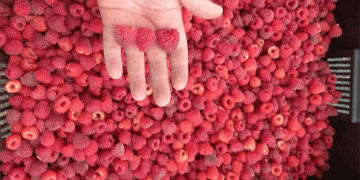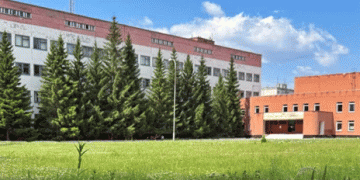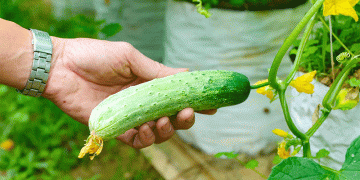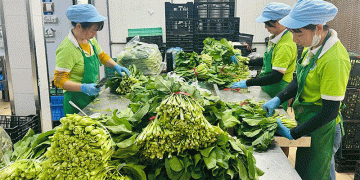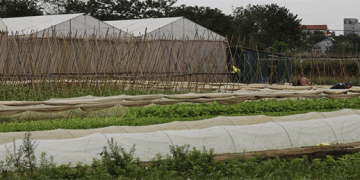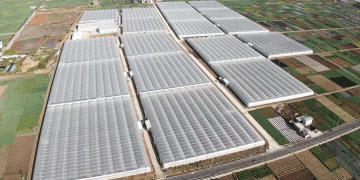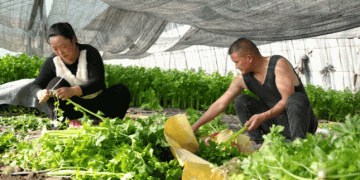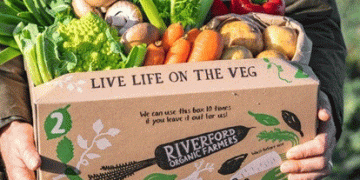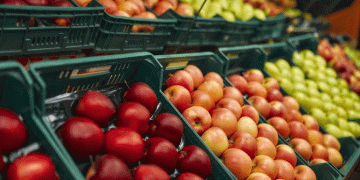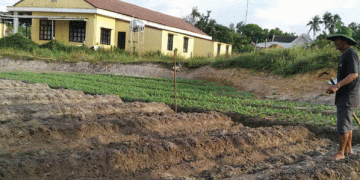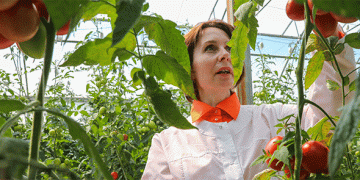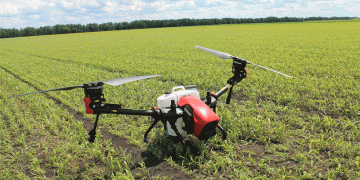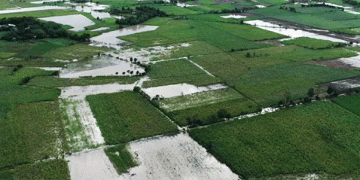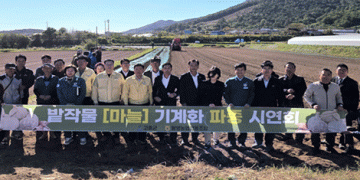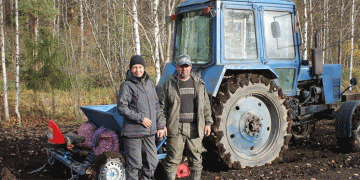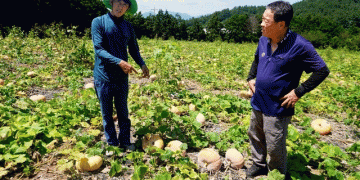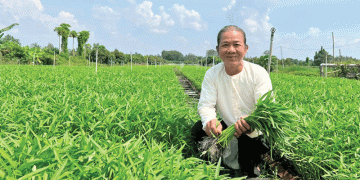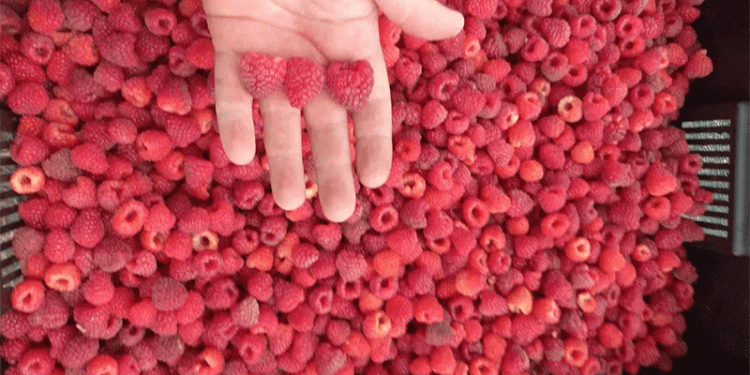This season, farmers in Suvorovskaya (Stavropol Krai) achieved an unprecedented yield of 25 metric tons of raspberries from just 7 hectares—far exceeding their usual 15–17 ton average. The success comes from cultivating the hardy “Polka” variety, known for its disease resistance and high productivity.
Key Factors Behind the Record Harvest
✔ Mechanized Harvesting – Investment in a raspberry harvesting combine drastically improved efficiency.
✔ Strong Market Demand – Most berries were sold fresh across Stavropol and other Russian regions; the rest were processed into yogurts, jams, and baby food.
✔ Strategic Expansion Plans – The farm plans to increase cultivation area and introduce new varieties to scale production further.
Why “Polka” Raspberry is a Game-Changer
- Climate Resilience – Thrives in varying conditions, reducing crop failure risks.
- Extended Harvest Window – Can be picked until November’s first frosts, maximizing output.
- High Commercial Value – Preferred by processors due to its rich flavor and firm texture.
Broader Impact on Stavropol’s Agri-Economy
Stavropol’s Predgorny District is emerging as a berry-growing hub, with farms diversifying into:
- Strawberries
- Blackberries
- Stone fruits (cherries, plums, peaches, pears)
According to Nikolai Bondarenko, Head of Predgorny District:
“The raspberry combine has significantly cut labor costs and boosted profitability—encouraging further investments in berry farming.”
A Model for High-Value Crop Success
The Suvorovskaya raspberry boom demonstrates:
✅ Mechanization pays off – Faster harvesting = higher profits.
✅ Diversification strengthens agribusiness – Berries complement traditional orchards.
✅ Premium varieties drive yields – “Polka” outperforms conventional types.
With rising demand for berries in Russia (projected +8% CAGR through 2027), similar farms could replicate this success by:
- Adopting specialized equipment
- Focusing on high-yield cultivars
- Partnering with food processors
